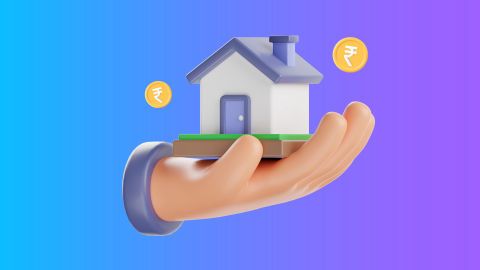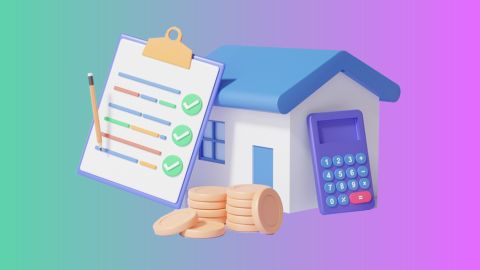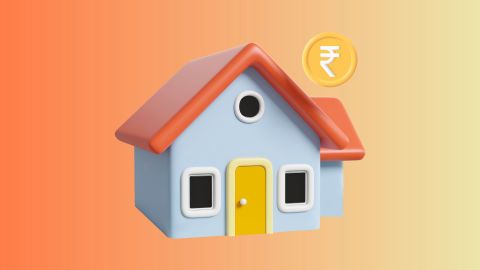The journey of securing a mortgage can be intricate, yet understanding the mortgage life cycle simplifies it significantly. From the initial idea of purchasing property to the final repayment, each stage plays a vital role. With the right knowledge, navigating through this process becomes more manageable and less stressful.
Did you know? A loan against property can provide you with the financial flexibility to address your needs at every stage of the mortgage journey. Check if you are eligible and see how much you can borrow in just two simple steps!
Bajaj Finance offers comprehensive solutions like the Loan Against Property, which can be a pivotal part of your mortgage journey. This article delves into the various stages of the mortgage life cycle, highlighting essential processes and considerations at each step.
Introduction to the mortgage life cycle
The mortgage life cycle comprises several distinct phases, each with specific processes and requirements. It begins with the pre-application phase, where potential borrowers assess their financial situation and explore options. Following this is the application phase, where the formal loan application is submitted. Once the application is approved, the loan moves to the closing phase, culminating in the mortgage servicing phase where repayments are managed.
If you are seeking a strategic way to unlock the value of your property, a loan against property is a versatile solution worth exploring. By using your existing asset as collateral, you can get the funds needed with ease. Ready to start? Check if you are eligible and see how much you can borrow in just two simple steps!
Understanding each phase helps borrowers make informed decisions and avoiding potential pitfalls.
Pre-application phase
Before applying for a mortgage, it is crucial to understand your financial health. This phase involves evaluating credit scores, income stability, and existing debts. Potential borrowers should also explore different mortgage options, such as the Bajaj Finserv Loan Against Property, which offers attractive terms and benefits. Preparing necessary documents, such as income proofs and property papers, is also vital. This stage sets the foundation for a smooth application process, ensuring that you are well-prepared and informed about your options.
Mortgage application process
The application process is a critical stage in the mortgage life cycle. Here, borrowers submit their loan application along with the required documentation. Lenders evaluate the applicant's financial status, credit history, and property value. It is important to provide accurate and complete information to avoid delays. Bajaj Finance simplifies this process with a streamlined application system, making it easier for borrowers to apply for a Loan Against Property. Understanding the fees and charges involved helps in planning finances effectively.
Looking for hassle-free financing? A Loan Against Property ensures you can leverage your property’s value without extensive paperwork. Check your loan against property offer in just 2 clicks!
Mortgage approval and closing
Once the application is submitted, the lender reviews and verifies the provided information. Upon approval, the loan moves to the closing phase, where final agreements are signed, and the loan is disbursed. This stage involves several legal and financial formalities, including the assessment of property value and the finalisation of loan terms. Bajaj Finance offers competitive interest rates and flexible repayment options, making their Loan Against Property a preferred choice for many. Ensuring all documents are in order and understanding the terms of the loan agreement are crucial steps in this phase.
Mortgage servicing
The final phase in the mortgage life cycle is servicing, where the borrower makes regular repayments. This stage involves managing monthly instalments, monitoring the outstanding balances, and ensuring timely payments. Bajaj Finance provides tools like the EMI Calculator to help borrowers plan their repayments efficiently. It is also important to keep track of any changes in interest rates or loan terms. Maintaining a good repayment history not only ensures the smooth completion of the loan but also positively impacts your credit score.
Stay on top of your financial commitments with competitive interest rates and flexible repayment options through a Loan Against Property. Curious if you qualify for our special low-interest offers? Check your eligibility in seconds!
Conclusion
Understanding the mortgage life cycle is crucial for anyone considering a mortgage. Each stage, from pre-application to servicing, involves specific processes and considerations. With the right information and preparation, navigating through these stages becomes less daunting. Bajaj Finserv Loan Against Property provides a reliable option, offering competitive rates and flexible terms. By staying informed and prepared, borrowers can make sound financial decisions and ensure a smooth mortgage journey.




